Cálice
A downloadable game
Our mission is to rescue the Chalice of Life, a sacred artifact in the possession of the sorcerer Zardos, who hid it somewhere in the depths of his dungeon guarded by giant spiders.
Find the Chalice and destroy Zardos!
This game was created for a programming article about Sinclair BASIC, in issue 4 of Revista Espectro, a Portuguese-Brazilian magazine about the ZX Spectrum.
You can download the .tap file from the emulator. The source code and text of the article are also available.
Controls: q - Up / a - Down / o - Left / p - Right
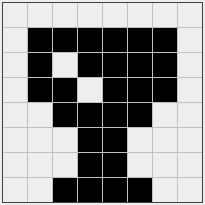 | Chalice of Life, a precious artifact capable of healing the wounded and raising the dead. It is guarded behind a magic wall. |
 | You, the unnamed Hero of unknown origin, have been looking for the Chalice for a long time... |
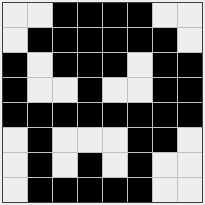 | Zardos, the evil sorcerer, found the artifact 100 years ago, which he has used to artificially extend his own life. |
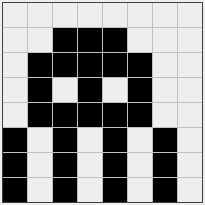 | The giant spiders, raised by Zardos himself, that roam the sorcerer's dungeon. |
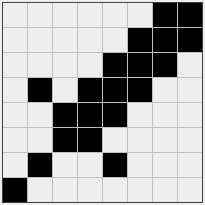 | Several swords of unfortunate adventurers are scattered throughout the dungeon... |
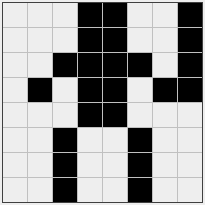 | You need a sword to kill a spider. When some of the spiders are dead, Zardos will wake up from his lethargy enraged that you are killing his creatures. |
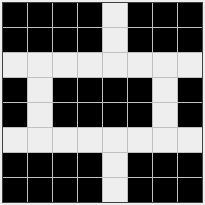 | With Zardos focused on hunting you, the spell that holds the magic wall will start to fade away... |
| Status | Released |
| Author | Filipe Veiga |
| Genre | Adventure |
| Tags | 8-Bit, ZX Spectrum |
Install instructions
You can play this game on a real ZX Spectrum or on your modern PC using any good emulator (such as Fuse, ZX Spin or Retro Virtual Machine).
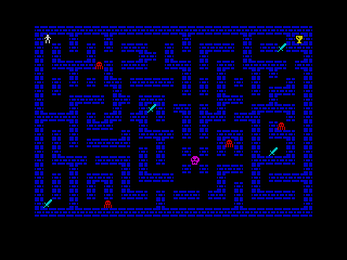
Comments
Log in with itch.io to leave a comment.
I am collecting all issues of Revista Espectro, which I highly recommend, and I typed-in this very fun little game that has shown-up in issue 4. That is an excellent exercise to bring-in the nostalgia of the 80's and also to cement our knowledge and understanding of the Sinclair BASIC. If you are only interested in retro pixel gaming, do a favour to yourself and download and play this game in one of the emulators mentioned. And if you are into retro programming, first play the game, then type it yourself, trying to understand what is happening, and then play It again. I promise you that you will see the game with totally different eyes. After that you can even change the code and tweak it a bit. I did it myself and I cannot recommend it enough.
Congrats Filipe Veiga for this brilliant little game, and for allowing us to come back to this healthy exercise of typing-in 8-bit games!!!
pcarmo, thank you so much for your support!! :)